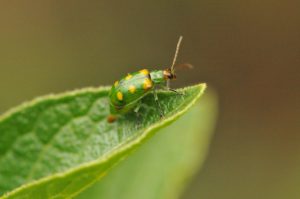 Identifying traits that make organisms prone to extinction is an important question in conservation biology. Studies thus far have focused on extinction risks in vertebrates, but we know very little whether similar factors affect risk in hyper-diverse groups such as plants or insects.
Identifying traits that make organisms prone to extinction is an important question in conservation biology. Studies thus far have focused on extinction risks in vertebrates, but we know very little whether similar factors affect risk in hyper-diverse groups such as plants or insects.
Our new project at the Royal Botanic Garden Edinburgh focuses on exploring extinction risk in plants using Peruvian Solanum as a model system. The project, funded by National Geographic, is a collaborative project between the gardens, the Natural History Museum, London, and the Museo de Historia Natural in Lima.
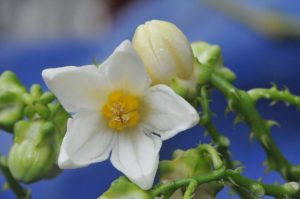 The project aims to explore whether extinction risk in plants is related to ecological specialisation. Evidence from other organisms has shown that species with lower ecological tolerance, often measured as level of habitat or diet specialisation, are more at risk compared to non-fussy, less specialised species. Such studies have thus far been done on primates, birds, butterflies, and bats.
The project aims to explore whether extinction risk in plants is related to ecological specialisation. Evidence from other organisms has shown that species with lower ecological tolerance, often measured as level of habitat or diet specialisation, are more at risk compared to non-fussy, less specialised species. Such studies have thus far been done on primates, birds, butterflies, and bats.
But what about plants? Here, studies have focused on understanding relationships between evolutionary history, geography, and extinction risk, but connections between ecological specialisation and extinction risk have not yet been studied in detail.
Solanum is one of the largest angiosperm genera with c. 1,350 species, and includes major crop species such as potato, tomato, and eggplant. Most species occur in Andean South America, with 102 endemic species in Peru alone. Solanum is a perfect study group not only because of its high number of species, but also because a large amount of data is already available in the Solanaceae Source database.
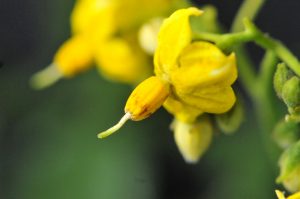
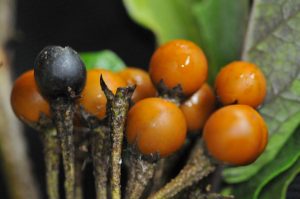
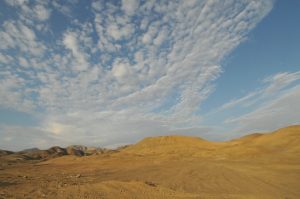
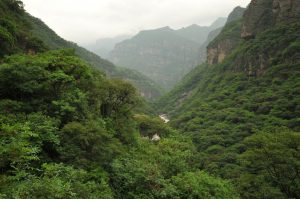
You can follow the progress of the field team Dr Tiina Särkinen (pictured below with Prof. I. Sánchez Vega at Cajamarca herbarium, CPUN), Maria Baden and Paul Gonzales here at Botanics Stories. They will be targeting the most poorly collected areas in the Andes where Solanum species are modelled to occur but where no records exist. Accessing these areas will mean driving over high mountain passes, trekking through muddy montane forest paths, and crossing turbulent rivers in mosquito-ridden dry valleys. Whilst en route, the team will have an opportunity to visit major Peruvian museums and herbaria to database their rare records of the poorly known species.
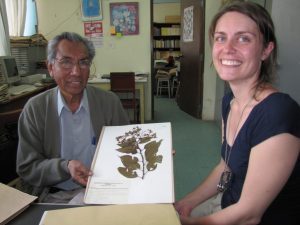
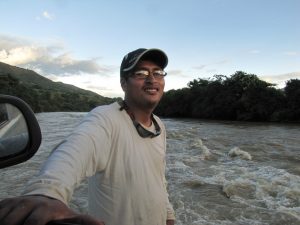
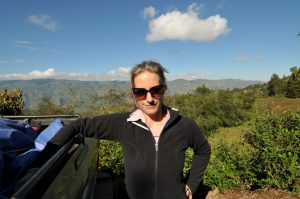
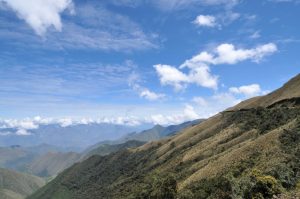

1 Comment
1 Pingback